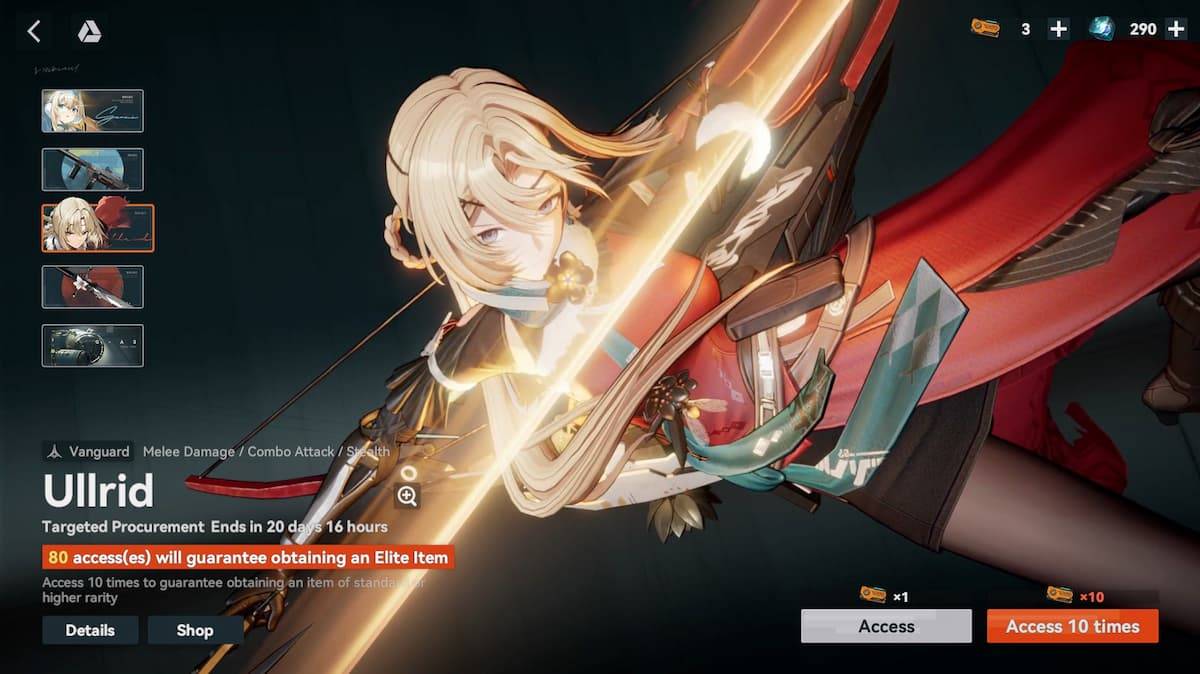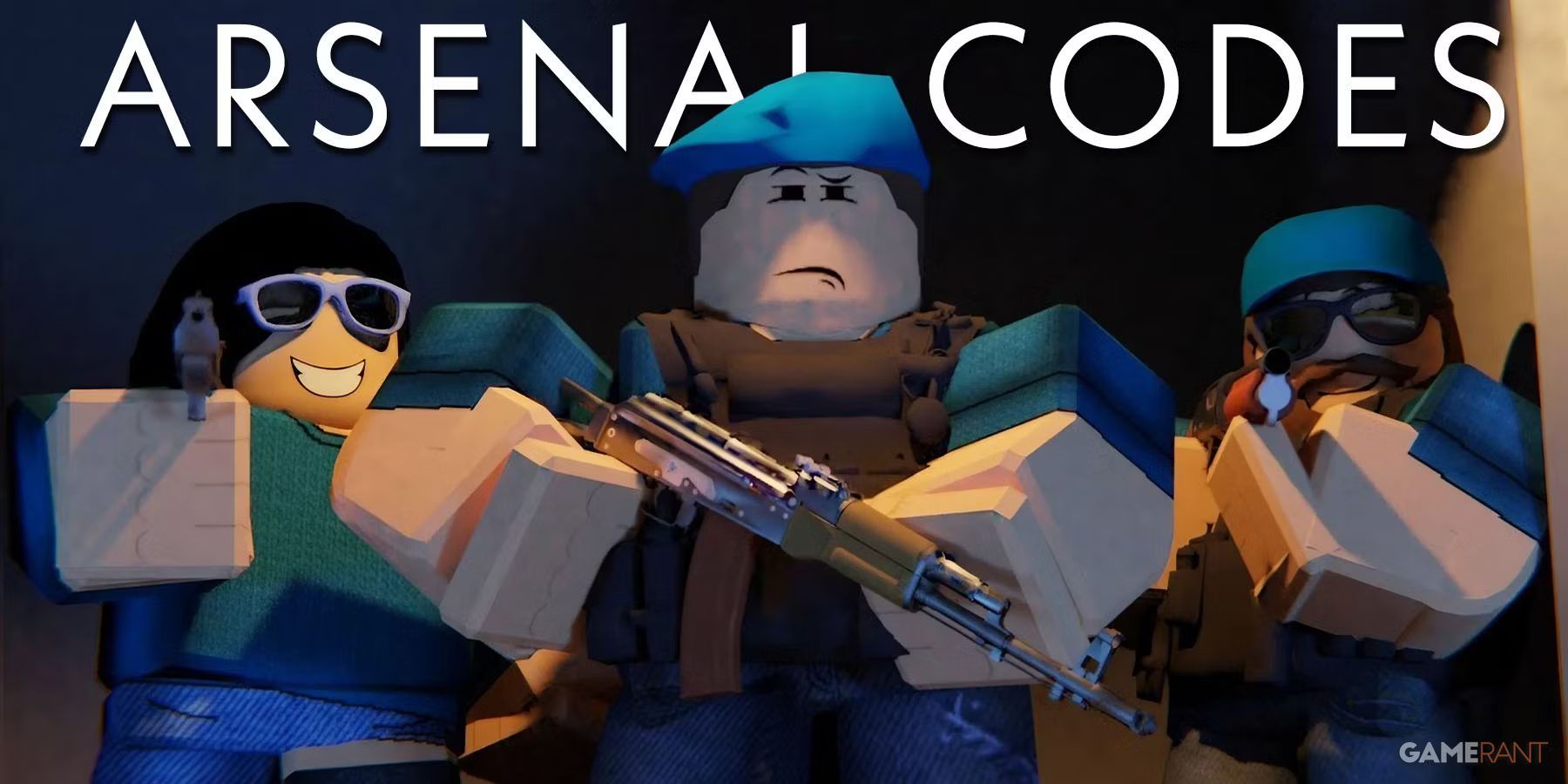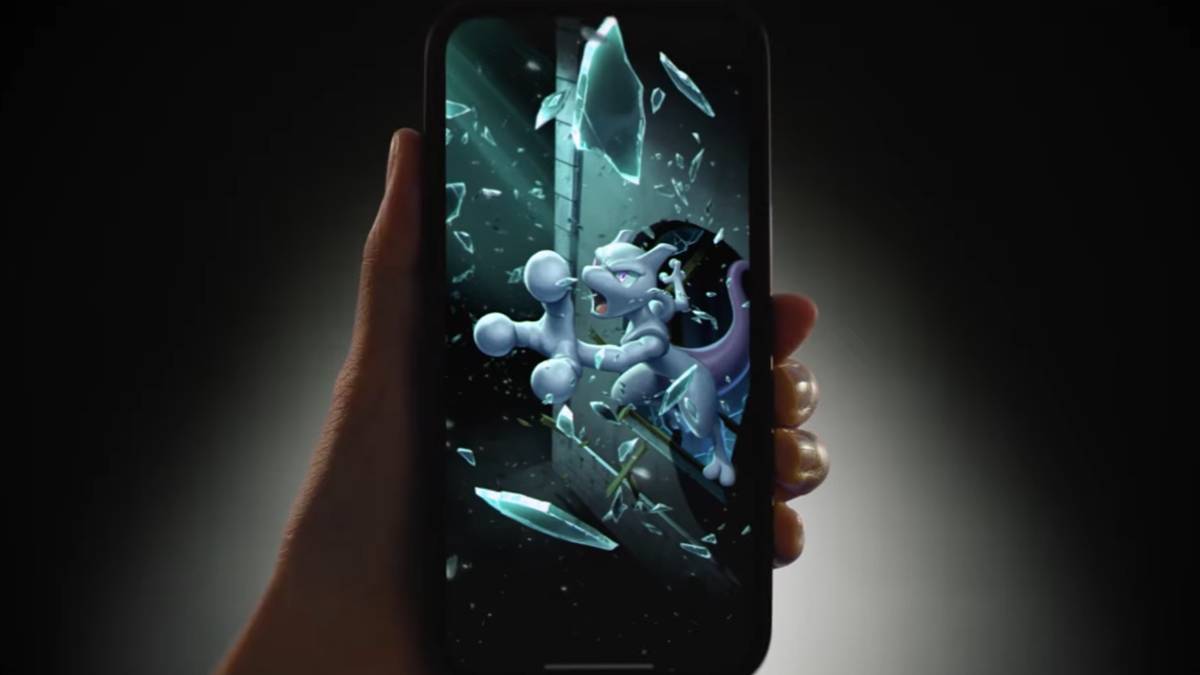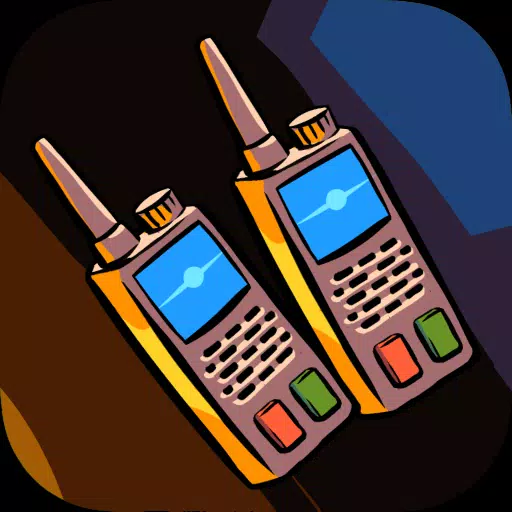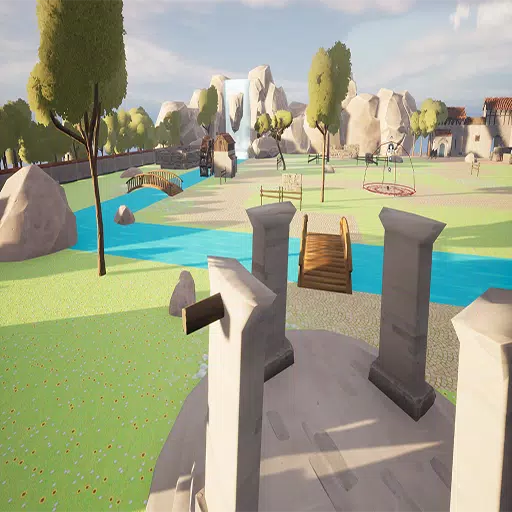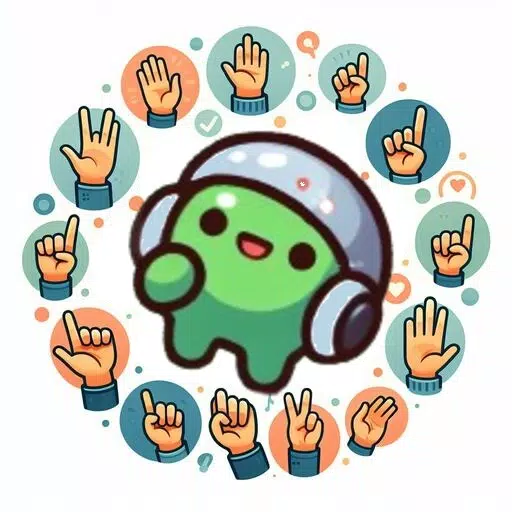Ninja Gaiden’s Revival is the Perfect Antidote to the Soulslike Phenomenon
The resurgence of Ninja Gaiden at the 2025 Xbox Developer Direct was a major highlight, announcing not one, but multiple new titles, including Ninja Gaiden 4 and a surprise release of Ninja Gaiden 2 Black. This marks a significant comeback for the franchise, absent from the scene since Ninja Gaiden 3: Razor's Edge in 2012 (excluding the Master Collection compilation). This revival also signals a potential shift in the action game landscape, a genre long dominated by Soulslike titles.
While Soulslike games from FromSoftware (like Dark Souls, Bloodborne, and Elden Ring) have undeniably carved a niche, the return of classic 3D action games like Ninja Gaiden, Devil May Cry, and the original God of War trilogy offers a much-needed balance in the AAA market.
A Legacy of Dragons
The original Ninja Gaiden (2004) redefined action games. Its smooth gameplay, fluid animation, and brutal difficulty set a new standard. While other hack-and-slash titles existed, Ninja Gaiden stood out with its unforgiving challenge, famously exemplified by the first boss, Murai. However, the difficulty, despite its intensity, is largely fair, rewarding mastery of combat mechanics, movement, defense, and counter-attacks. The game provides ample tools—from the Izuna Drop to Ultimate Techniques and diverse weapon combos—to overcome its challenges. This demanding gameplay, and the satisfaction of overcoming it, ironically foreshadowed the Soulslike ethos of perseverance and mastery.
Shifting Sands
The release of Ninja Gaiden Sigma 2 (a widely criticized PS3 port of Ninja Gaiden II) coincided with Demon's Souls (2009), a game that paved the way for the monumental success of Dark Souls (2011). While the Ninja Gaiden series faltered with Ninja Gaiden 3 and Razor's Edge, Dark Souls and its successors established a dominant force in the action genre, influencing numerous titles, including Star Wars Jedi: Fallen Order, Nioh, and Black Myth: Wukong. While the Soulslike formula isn't inherently flawed, its widespread adoption has overshadowed other action game styles. The last major entries in similar franchises, Devil May Cry 5 (2019) and the revamped God of War (2018), also adopted elements of the Soulslike approach, shifting away from the fast-paced, linear combat of their predecessors.
Soulslike hallmarks—challenging combat emphasizing timing and parrying, stamina management, character builds, open-ended levels, and save points—have become ubiquitous. While fitting for FromSoftware, the widespread imitation has led to genre saturation. The return of Ninja Gaiden, particularly Ninja Gaiden 2 Black, offers a refreshing alternative.
The Master Returns
Ninja Gaiden 2 Black provides a welcome change of pace. Its lightning-fast combat, diverse weaponry, and the restoration of the original game's gore (absent in Sigma 2) make it the definitive version. While some veterans may critique the difficulty adjustments and enemy numbers, Ninja Gaiden 2 Black successfully balances difficulty with improved design, incorporating extra content from Sigma 2 (excluding the unpopular statue boss fights).
Ninja Gaiden 4 Screenshots
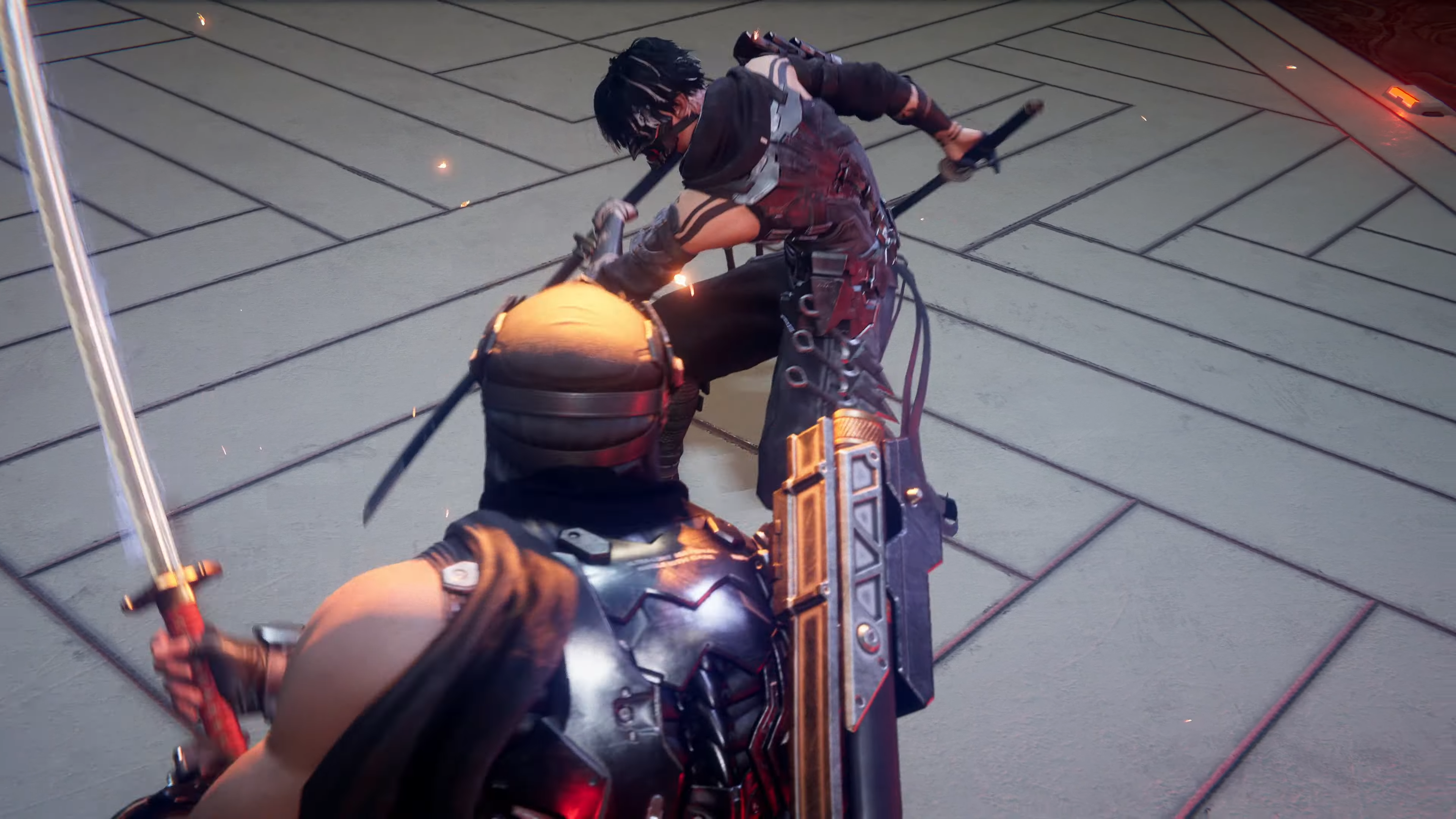
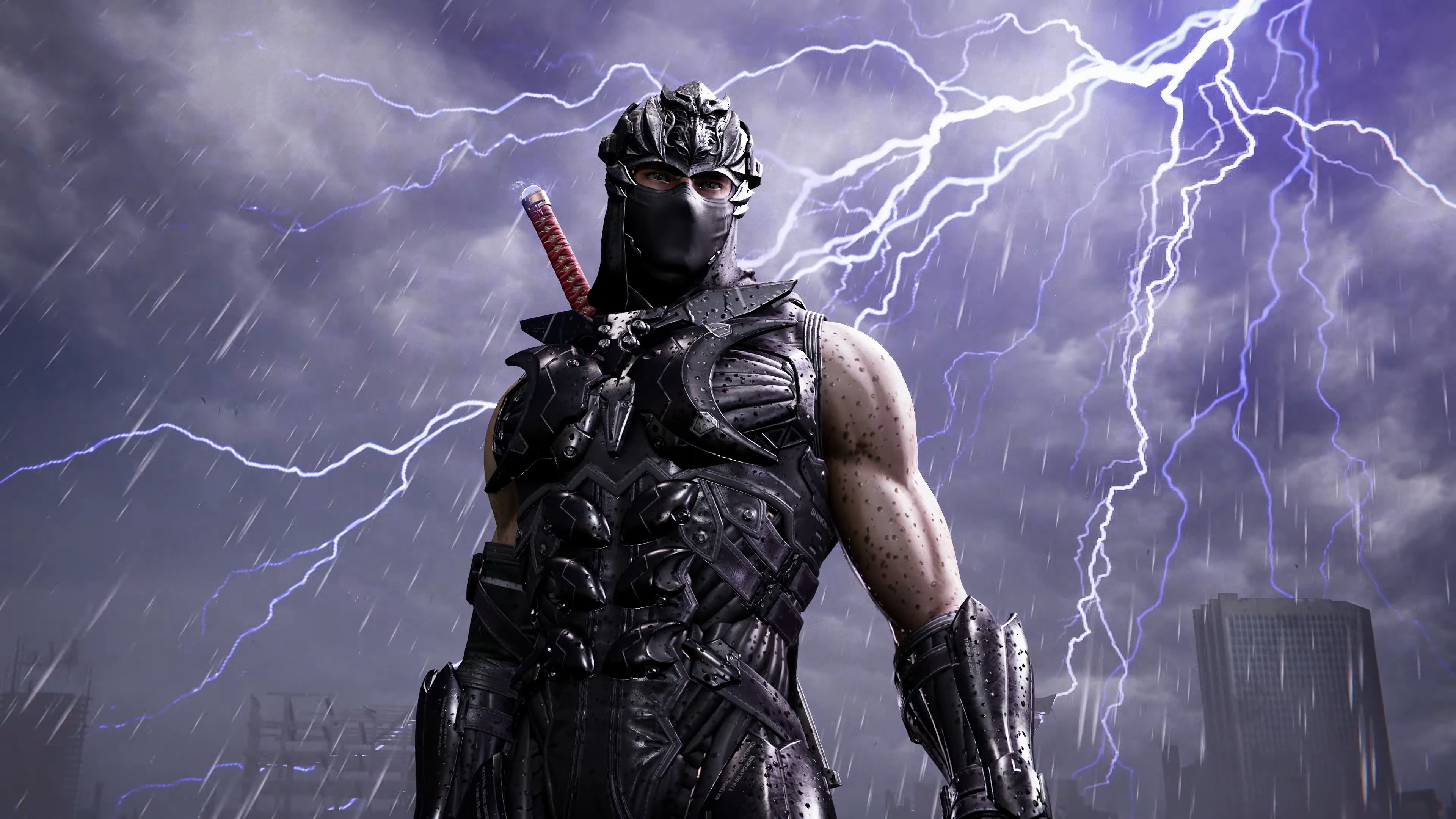 19 Images
19 Images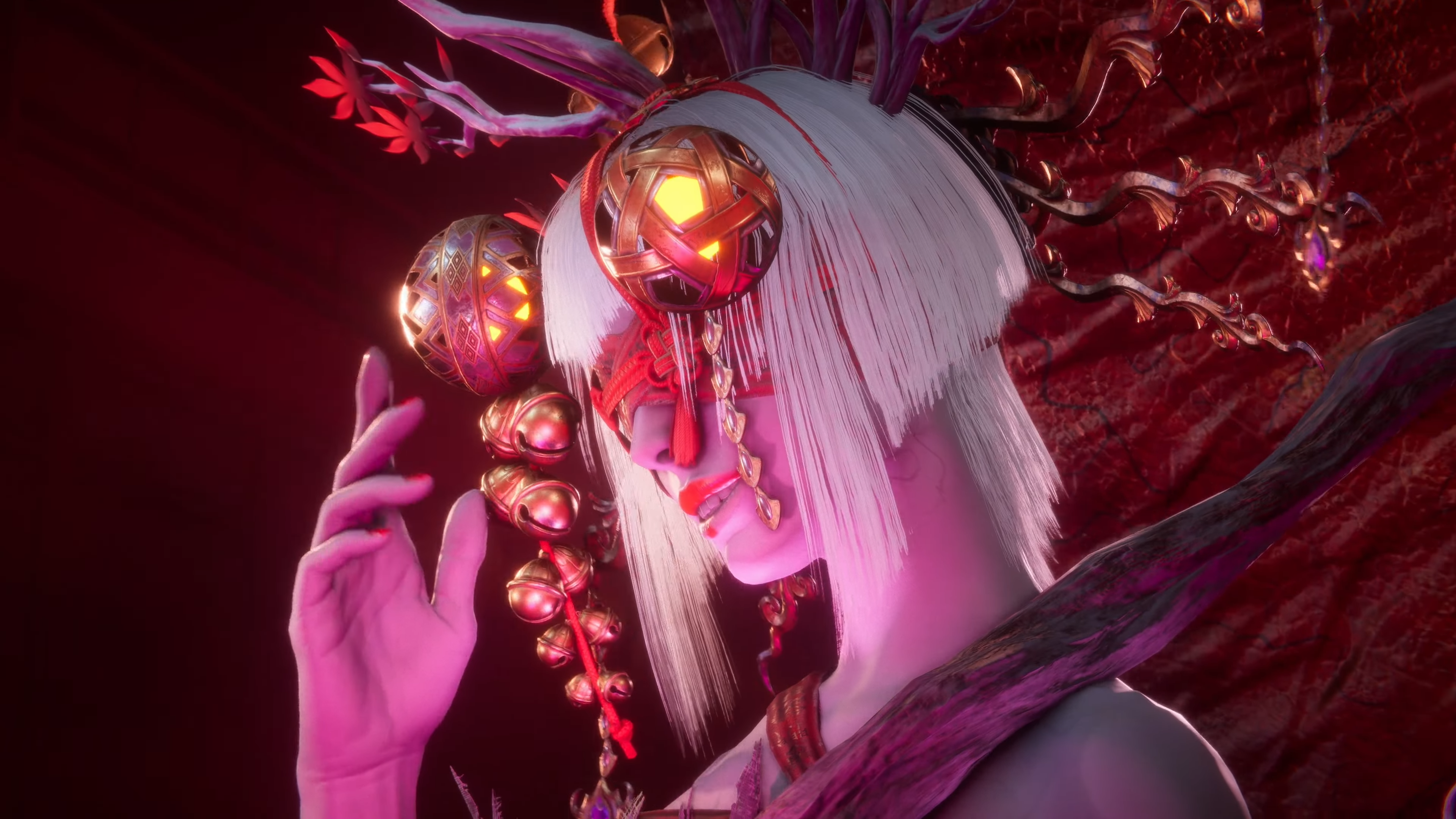
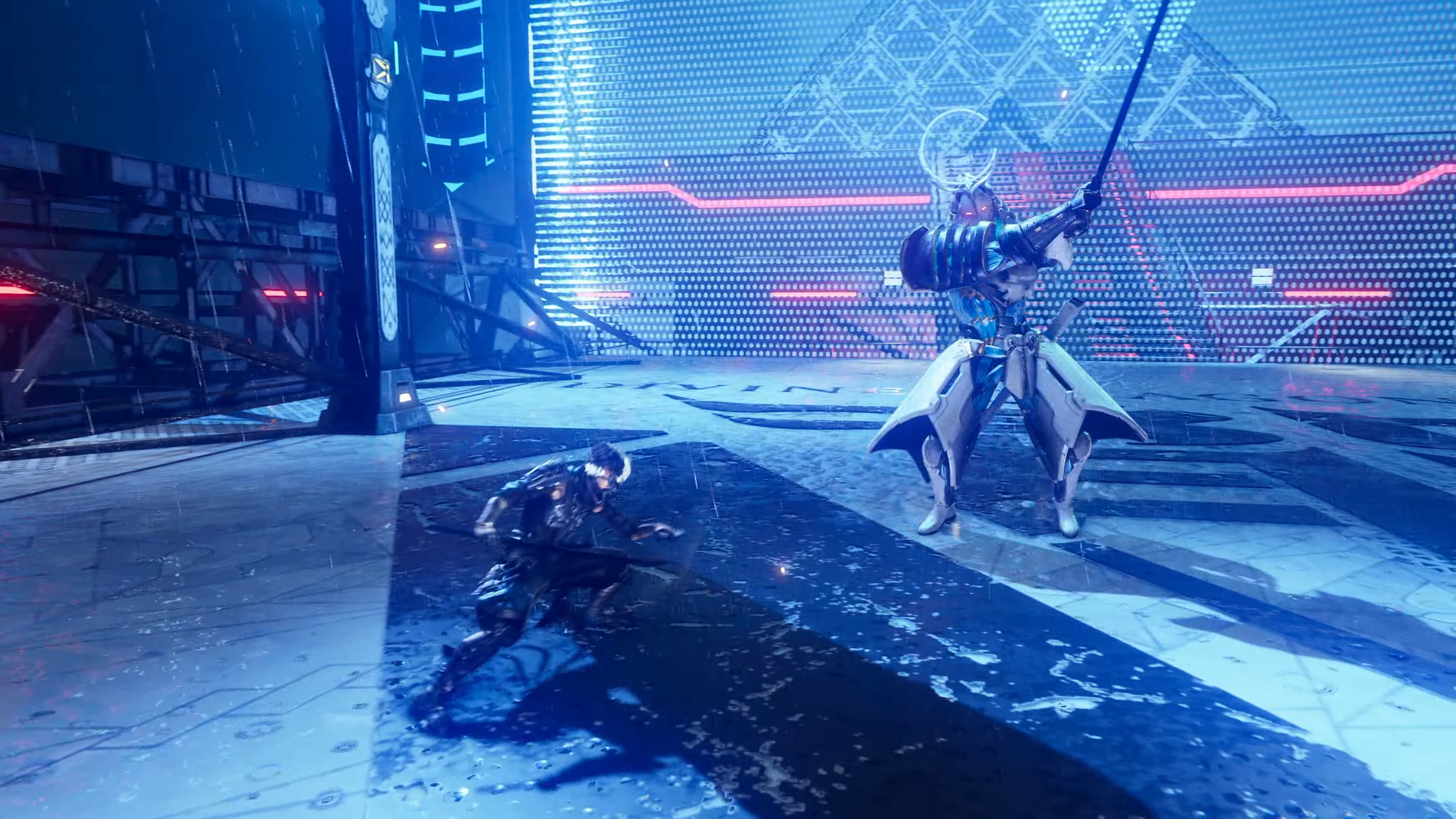
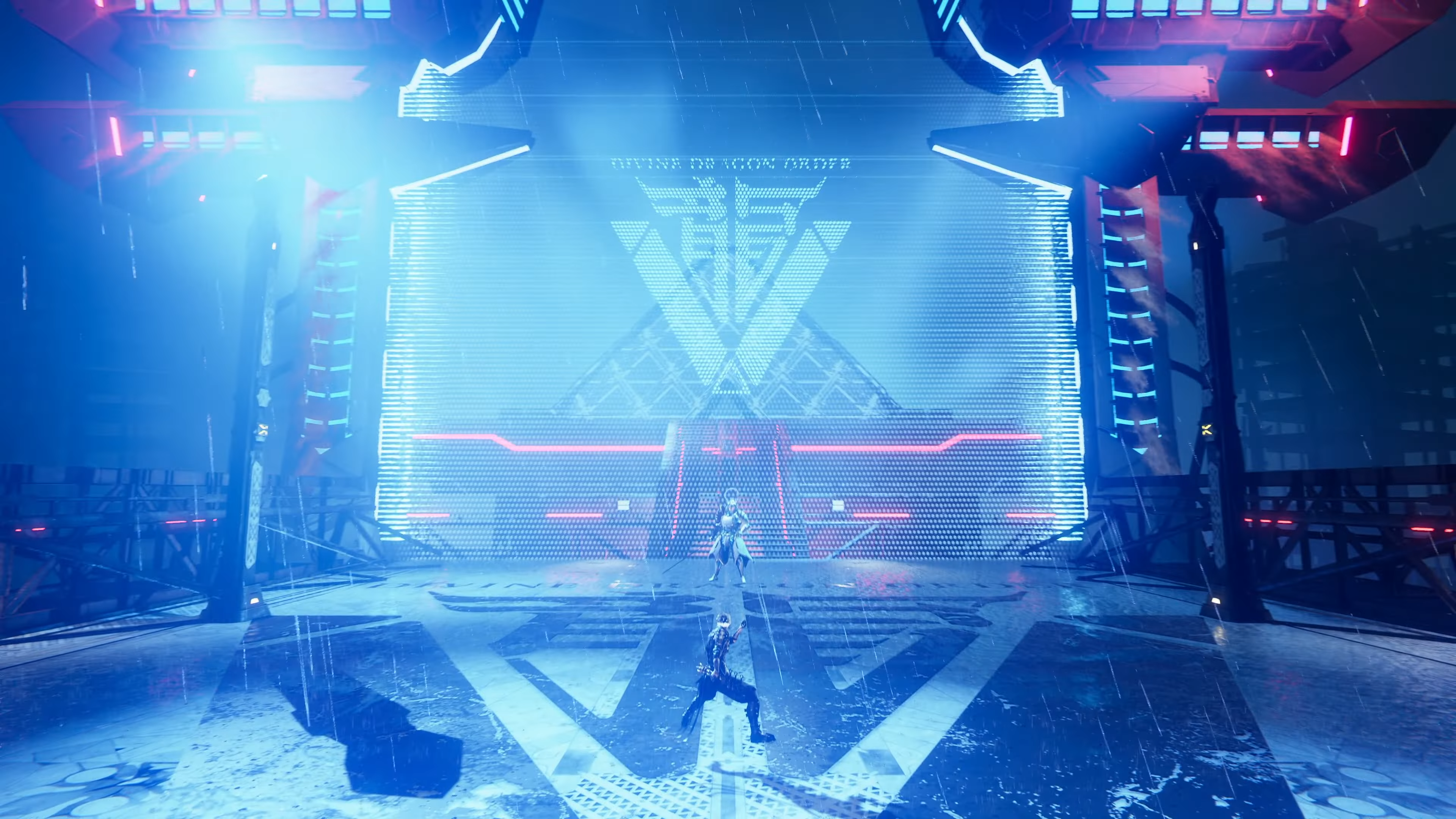
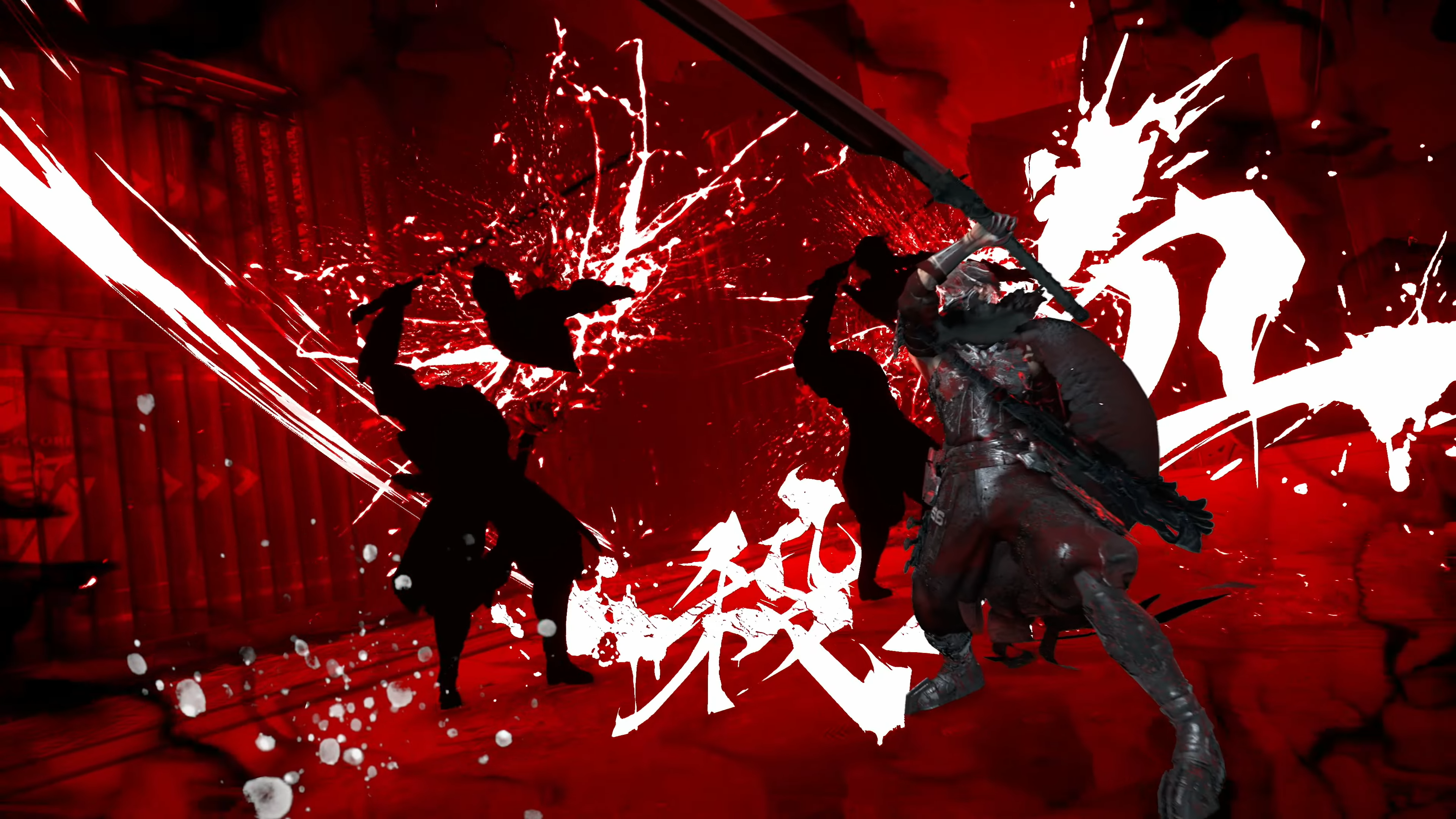
This remaster underscores the loss of classic action game design. The frenetic, combo-based combat against numerous enemies and challenging bosses, presented in a linear format, was once a common trope. While games like Hi-Fi Rush (2023) maintain similar mechanics, Ninja Gaiden 2 Black stands out as a major release showcasing this style.
The Ninja Gaiden experience offers a purity absent in many other games. There are no "easy modes," build guides, or leveling systems to circumvent the challenge. It's a pure test of skill, demanding mastery of the provided tools. While Soulslike games maintain their popularity, the return of Ninja Gaiden hopefully heralds a renaissance for classic action games, providing a diverse and exciting gaming landscape for all.
Latest Articles



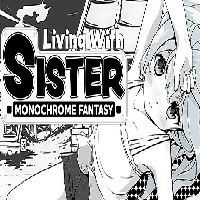

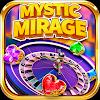





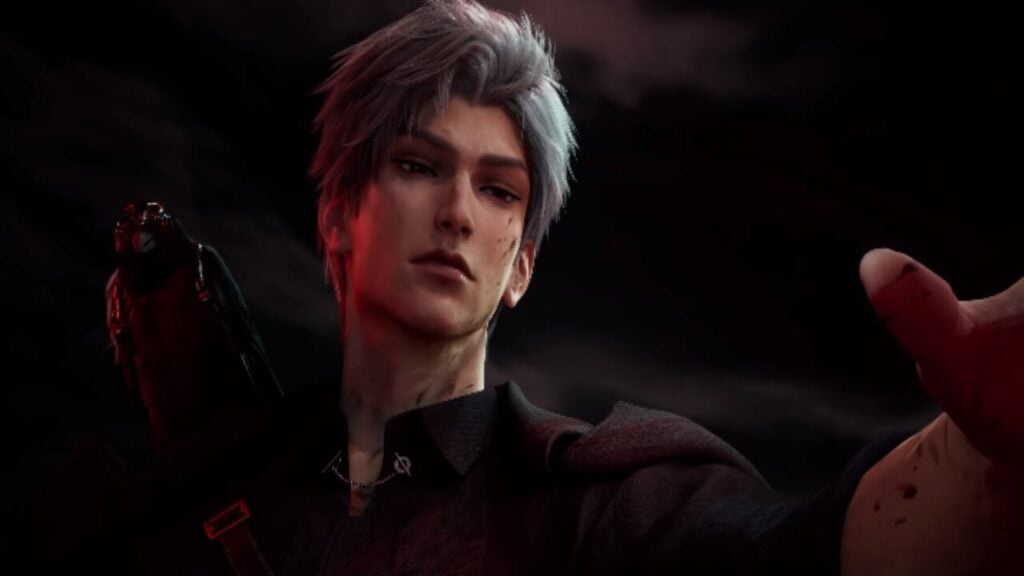
![Roblox Forsaken Characters Tier List [UPDATED] (2025)](https://images.dyk8.com/uploads/18/17380116246797f3e8a8a39.jpg)
